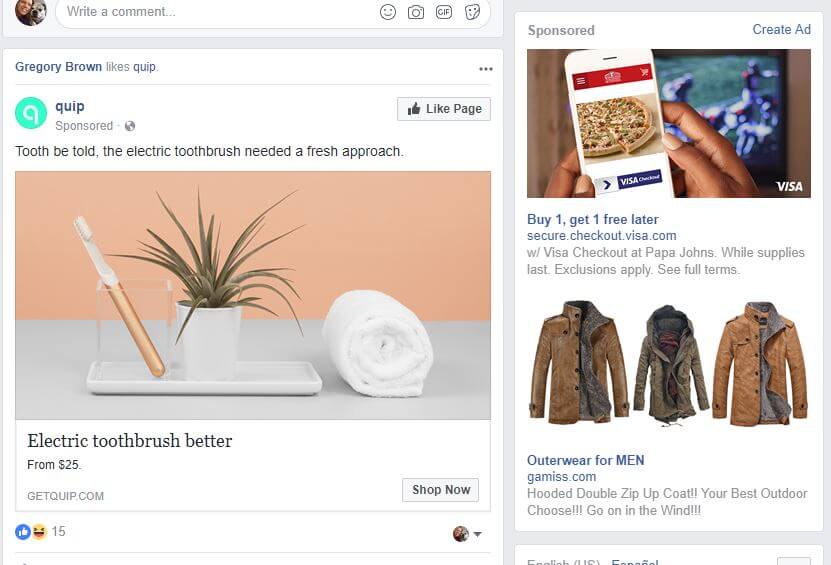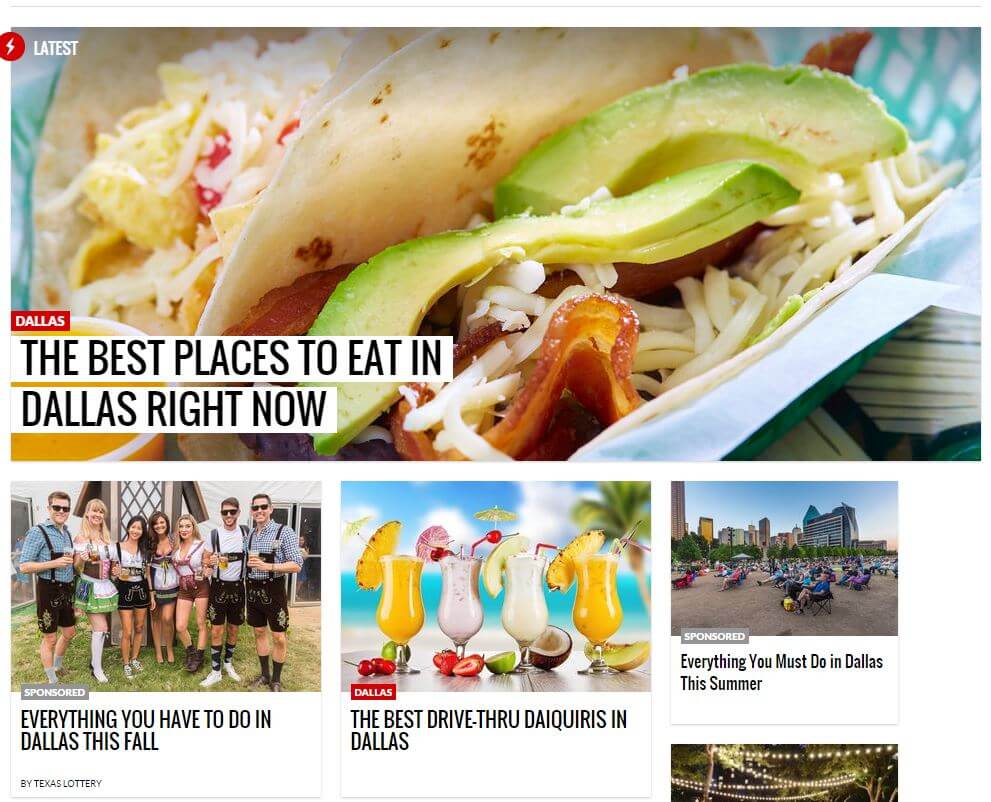
If you read as many articles as I do on market research every week, you’ve probably notice that ad blockers are picking up momentum and users year after year. This is due to a number of factors. Many interested parties have done research into this very topic. I’m going to primarily focus on insights gained from the PageFair study that was released earlier this year for this argument.
The first thing to note is that the US has an 18% ad blocker penetration. That means that roughly 1 in 5 people are not seeing your ads. Most of this ad blocking is on desktop but we can and should expect the number of ads blocked on mobile to rise through 2017 and beyond. Since we’re losing just under 20% of our visibility (more depending on your customer demographics), we are missing out on opportunities. What should we do next?
Spend more on Facebook desktop ads.
Why should you spend more on Facebook? Well, not all ad blockers can spot ads that are served up in the News Feed. Many can’t even block ads that are featured in the sidebar. Below is a screenshot of ads that were displayed on my desktop with my Chrome ad blocker on. Display campaigns are cheaper but, reallocating a good portion of display to the networks that are not losing out to ad blocker behavior seems like an easy win.

Spend more on mobile.
Besides the fact that mobile traffic is greater than desktop traffic for most websites, ad blockers aren’t used her much. How significant is the difference? Only 1% of the population had an ad blocker installed on their mobile device at the beginning of 2017. While I expect that number to rise significantly, even raising 10 fold would only put the figure at 10%. That’s roughly half of the desktop ad blocker figure.
If your particular conversion rate for mobile is better than half of your conversion rate on desktop, the numbers say that you should reallocate more of your desktop dollars into mobile. Even if you have already done so due to your traffic numbers, I would suggest shifting more to counter ad blocker issues.
Develop an advertorial plan.
Whether you want to call them advertorials or sponsored content doesn’t matter. The point is that this sort of content is placed onto an owned medium. It enjoys the same treatment as most organic content. If you negotiate well, it’ll make its way into social media, branded applications, and emails.
One of THE BEST players in content marketing and sponsored content is Thrillist. Some people would suggest Buzzfeed is better but I like that Thrillist is amazing at delivering content that has real utility. While Buzzfeed sponsored posts can get a larger viral reach, they also don’t provide much more than some warm and fuzzy feelings for your brand. Meanwhile, a Thrillist article is full of things worth remembering and real SEO implications.
If you’re going to invest in sponsored content, make sure that it has lasting power. The other item that I would suggest is to alternate campaigns between major publisher and niche seeding. You want more people talking and going for one website with 1 million visitors isn’t always better than going for 17 different bloggers with a combined reach of 750K. You’ll end up with less overlap if you do the latter.

What else should you consider?
While these are great places to spend your money, I have one more piece of advice. Spend time working on your organic social media and owned content reach. If people are going to hide from ads, you need to reach them in places that they actually opted in. Blogs, emails, and your brand’s social media profiles are all items that your customer might already be engaging with regularly. Working on my organic reach
Working on the organic reach of one client, I went from an average post reach of 6% to 23% on Facebook. Our community was roughly 230K at the time. That means roughly 39,100 more people that saw my branded content on a nearly daily basis. We increased the email open rate by 4%. With 1 million subscribers, that meant 40,000 more people per week engaged with our content. These items have real value and should not be something taken lightly.
If you want to beat the people avoiding ads, become a brand that they actually enjoy hearing from and engaging with.


